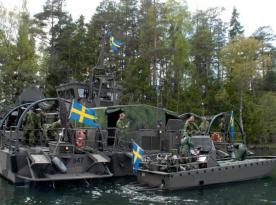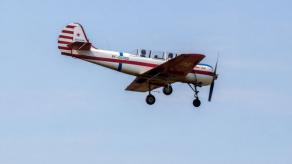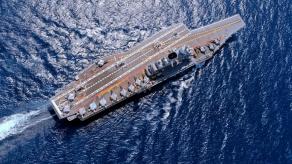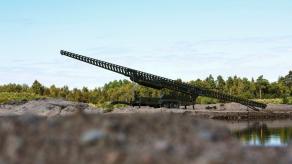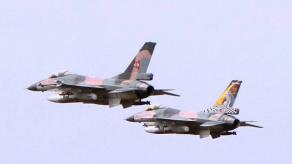We can find the answer to this question if we look into the study called "Military-industrial complex of the USSR in 1920 - 1950: economic growth rates, structure, organization of production and management" issued in 1996 with the "assistance" of the russian Rosoboronexport state company on military exports.
The text is available in the open domain, and we provide the reference to emphasize the fact that russians are well aware of their issues and production capabilities. Otherwise, they would not be reaching out to satellite states for ammunition, such as Grad rockets or 203mm shells for 2S7 "Pion" howitzers.
Read more: Russians are Trying to Survive in Ukraine by Armoring Their Trucks Artisanally
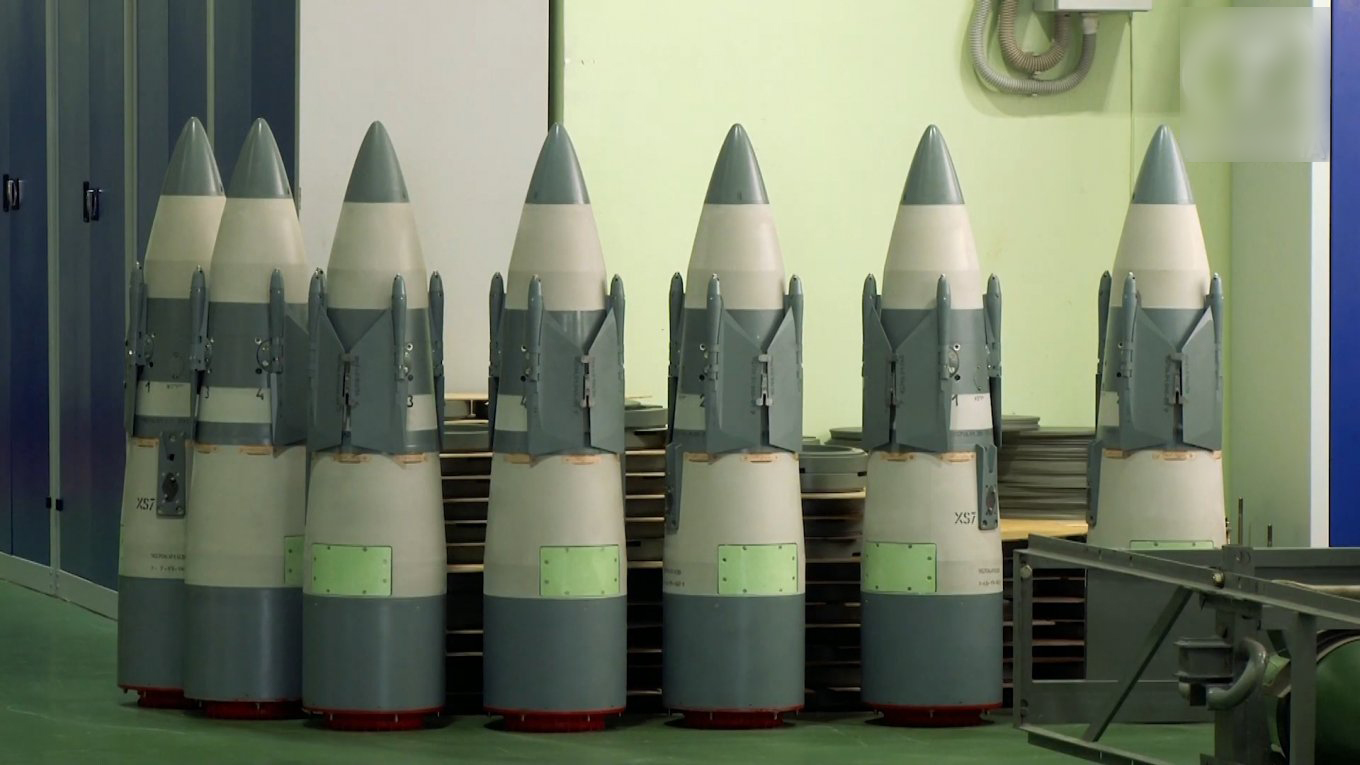
For starters, here's an interesting fact: it took almost two years for the defense industry of the Soviet Union to fully deploy its capabilities – from June 1941 to March 1943. Despite the fact that all problems related to the evacuation of enterprises were solved by March 1942, when the Soviet military-industrial complex returned to its "pre-war" performance indicators.
However, with all its love for "manual management" and micromanagement, the Kremlin was not able to achieve the rhythmic work of the military industry evenly across all sectors. That's why, for example, it turned out the following way:
- the most artillery systems were produced in the 3rd quarter of 1942 (38,340 units);
- the most tanks and self-propelled guns – in the 3rd quarter of 1943 (38,300 units);
- the most shells – in the 4th quarter of 1943 (47.4 million rounds of all types and calibers combined);
- the most small arms ammo – in the 4th quarter of 1944 (1946 million units);
- the most aircraft – in the same 4th quarter of 1944 (8,400 units).
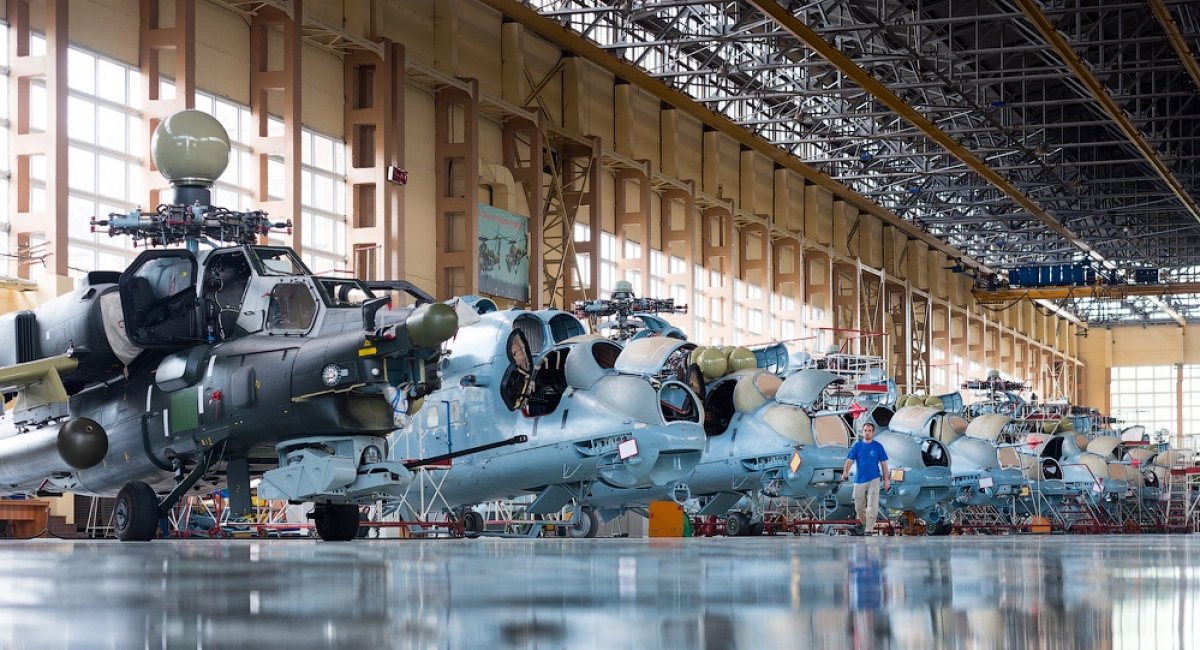
All these "downfalls" of weapon supplies to the Soviet army were not too critical because of the supplies by the USA and other allies.
Notably, this study states that if it wasn't for the "Lend-Lease", the USSR would not be able to transform its military-industrial complex into the war-time machine it became. The reason for that is the U.S. people who regularly supplied equipment able to withstand a high work rate – in contrast to the machines that Soviet enterprises were equipped with before the war.
In a sense, the "Lend-Lease" replaced entire sectors of the USSR's industry, for example, by supplying high-tech components necessary for the production of ammunition.

Soviet management, though, was conscious of the flaws they had accompanying the production process. In particular, they were competent enough to "unify" production at some of the enterprises and get rid of the "redundant" products; they figured out that the personnel would be working better if the workers had three shifts of 8 hours instead of two shifts of 11 hours.
And finally, they started to redistribute resources more or less adequately, for example, they cut shipbuilding programs in half, which were irrelevant for the predominantly "on-land" nature of hostilities (in contrast to, say, the russian epic with endless repairs and fires on the Kuznetsov aircraft carrier).
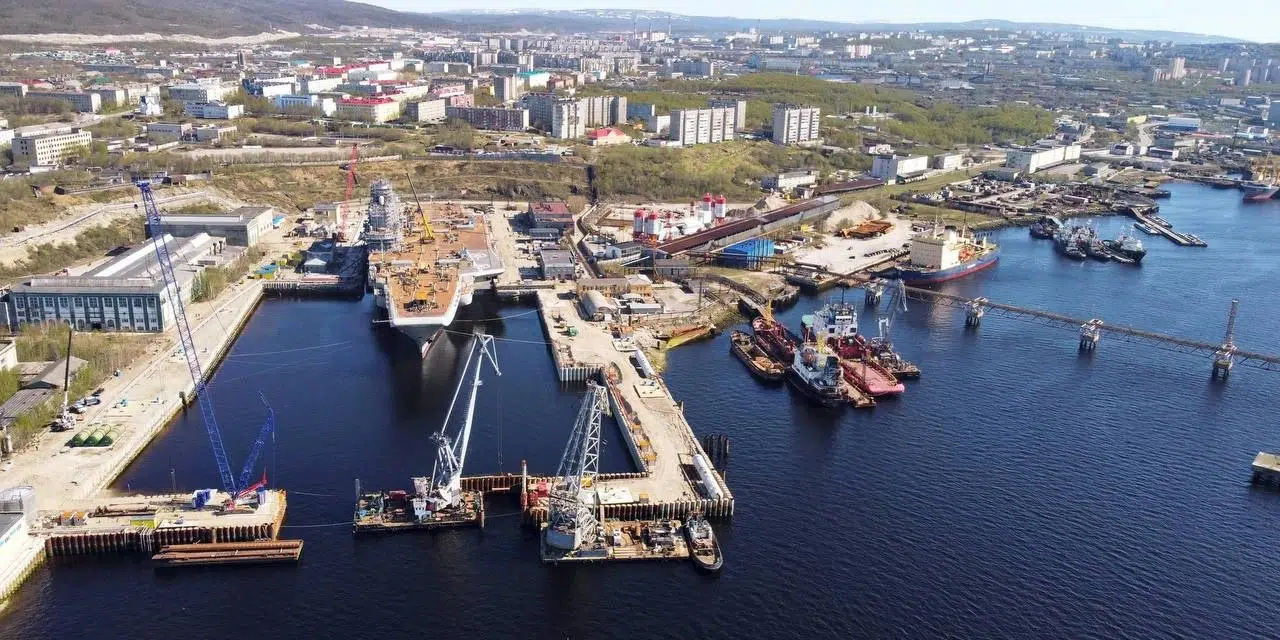
The "manual mode" of military industry management during World War II did not mean that the Kremlin did not keep an eye on costs for war and the military industry. Even in 1945, the volume of military expenditures remained consistently above the established "ceiling" of 50% of all expenditures of the USSR state budget.
At the same time, the volume of expenditures on weapons production was consistently at least 30% higher than planned, regardless of the Kremlin's efforts to "manually" maintain the indicator of the cost of production of main battle tanks. All of this despite the fact that the Soviet Union received a significant part of the materials necessary for the manufacture of weapons under the "Lend-Lease" program as postpaid with delayed payment.
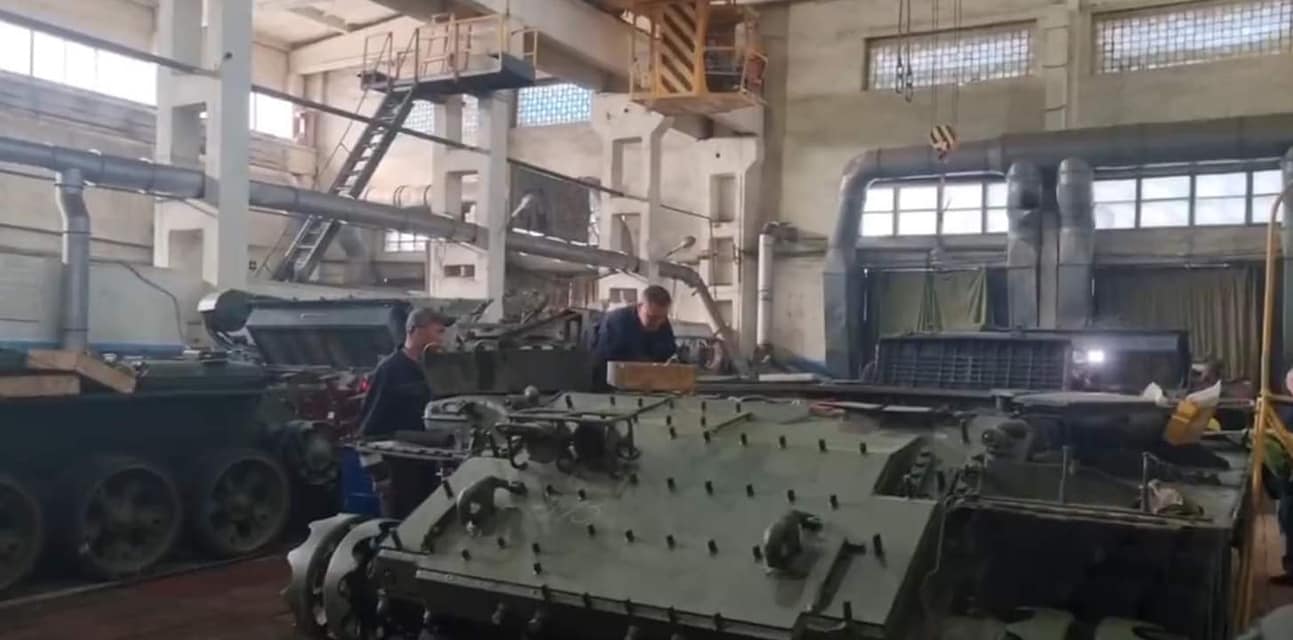
Obviously, all the aforementioned aspects were not taken into account in the Kremlin when they decided that they could "repeat" the Soviet experience and start an all-out war against Ukraine. Therefore, they are forced to make up for their mistakes "on the go", for example, by imposing a 12-hour working day at the "Uralvagonzavod" armor plant.
This, however, is not enough to cover the current losses of the russian army, not to mention the plans to form new motorized rifle, paratrooper and artillery divisions for a new round of hostilities against Ukraine.
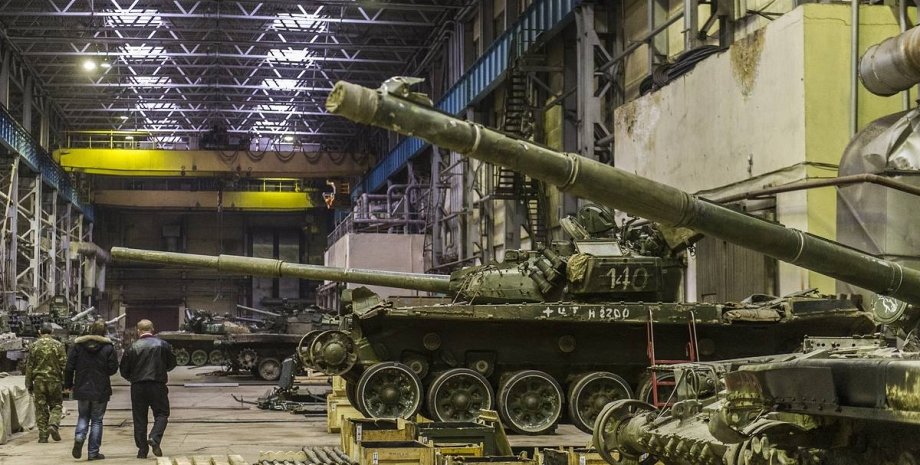
Read more: Is There a "Loss Threshold" For the Kremlin, After Which the russians Would Withdraw Away from Ukraine






